Regulators in China are seeking comments on a new regulation: all cars, including electric and internal combustion engines, will need a minimum of 5 seconds to reach 0-100 km/h by default. To exceed this limit and use the high-performance configuration, drivers must actively turn off the restriction feature after each start. According to CarNewsChina, this is a measure to reduce the risk of sudden acceleration and mistakenly pressing the accelerator – situations that can easily lead to accidents in urban areas and parking lots.
5-second limit: how it works and safety goals
The proposed mechanism works in a “safe default” manner, similar to how many gasoline cars are equipped with auto-start-stop systems. Every time the car is started, the acceleration profile is limited so that the car cannot reach 0–100 km/h faster than 5 seconds, unless the driver actively reactivates a higher performance mode.
The aim of the regulation is to reduce sudden, unintended accelerations and limit instantaneous torque – characteristics that make electric vehicles prone to achieving high acceleration with just a press of the accelerator. The measure is also intended to help vehicles respond “properly” to human errors, contributing to improving overall safety in crowded traffic environments.
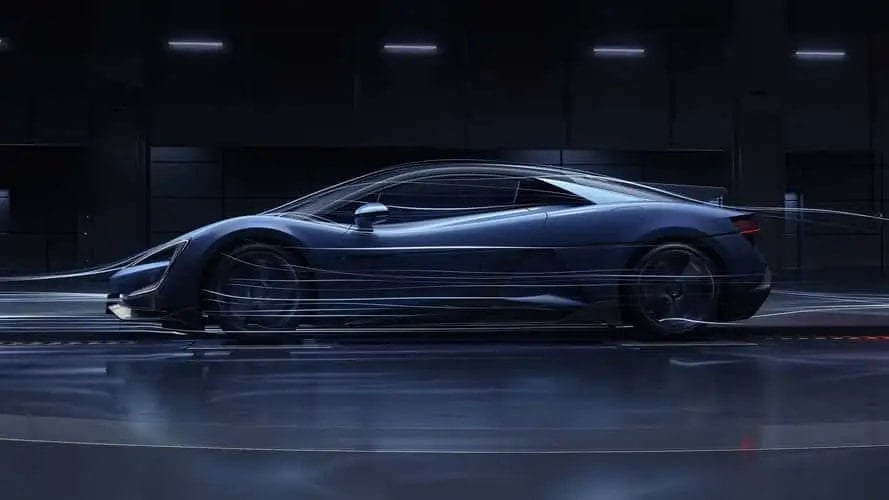
More user actions, safety by default
The trade-off is that the driver has an additional starting action: disabling the limiter if they want full performance. For users who frequently engage performance mode, this can be a nuisance, similar to the experience of having to disable auto start-stop every day. However, regulators expect the safety benefits in high-risk scenarios to outweigh the inconvenience.
- Parking lots are full of obstacles and tight spaces.
- Inner city streets where vehicle and pedestrian density is high.
- Situations where just one wrong throttle press can have serious consequences.
Performance models may be affected
If passed, the regulation will directly affect fast-accelerating vehicles, especially high-performance electric vehicles. According to the information provided, lines such as Tesla Model S Plaid, Model 3, Model Y Performance, BYD Yangwang U9, Xiaomi SU7 Ultra and many other electric vehicles with strong acceleration are all in the group that can be affected. Although the focus is often on electric vehicles, this limitation mechanism also applies to internal combustion engine vehicles.
What all of these models have in common is the ability to generate near-instant acceleration, allowing them to reach 0–100 km/h in a very short time. With the new limit, all cars will start in a “softer” and safer configuration, before the driver actively switches to performance mode.
Impact on driving experience and interface design
In terms of experience, users will have to get used to turning on performance mode again every trip if they want to exploit the acceleration to the fullest. From a product perspective, this proposal could create a change in the way manufacturers arrange the control interface.
- Some have suggested that automakers could turn the “performance unlock” act into a ritualistic experience, similar to turning on turbo or race mode.
- However, the possibility of a separate physical button appearing is considered low due to the current trend of minimizing the car interface.
For manufacturers, the challenge is to optimize the state transition process so that it is clear and easy to access, but does not cause accidental activation. This is especially important for models with digital interfaces, where many functions are grouped into multi-level menus.
Ability to spread globally
According to insideevs, regulators around the world are watching China's move. If the data shows clear safety effects, it is possible that other markets will consider similar proposals. However, in the current political climate, US regulation in this direction is considered unlikely.
From an industry perspective, such moves often take time to build empirical evidence. Once a large enough database of accidents involving sudden acceleration and the impact of default acceleration limits is available, policy discussions in other areas may become more active.
Unanswered Questions
The proposal raises a number of practical operational questions that lawmakers and manufacturers will have to consider as it finalizes:
- How to display and confirm status: the driver needs to know clearly what configuration the vehicle is in as soon as it starts.
- State transition process: how many steps is reasonable to avoid accidental activation and not cause trouble.
- Impact on driving feel at low speeds: ensure enough safe traction when merging and overtaking when necessary.
Summary
A 5-second default acceleration limit for the 0–100 km/h mark is a proposal that prioritizes safety by “reducing risk right from the start.” If passed, the measure would directly impact high-performance vehicles, especially electric ones, and require drivers to be more proactive in exploiting the full potential of their vehicles. While still controversial in terms of convenience, the idea is being monitored by many regulatory agencies around the world and could become mainstream if its safety performance is proven by data.
Source: https://baonghean.vn/trung-quoc-de-xuat-gioi-han-0100-kmh-toi-thieu-5-giay-10311404.html





![[Photo] Unique art of painting Tuong masks](https://vphoto.vietnam.vn/thumb/1200x675/vietnam/resource/IMAGE/2025/11/14/1763094089301_ndo_br_1-jpg.webp)

![[Photo] Unique architecture of the deepest metro station in France](https://vphoto.vietnam.vn/thumb/1200x675/vietnam/resource/IMAGE/2025/11/14/1763107592365_ga-sau-nhat-nuoc-phap-duy-1-6403-jpg.webp)




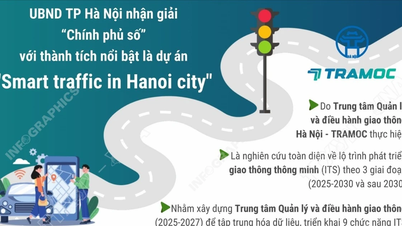





















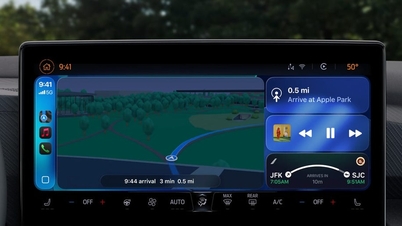



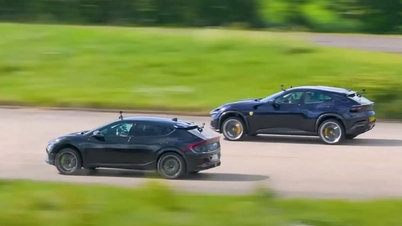
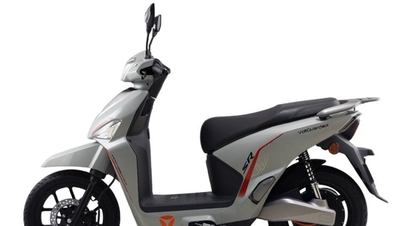

![[Photo] Special class in Tra Linh](https://vphoto.vietnam.vn/thumb/1200x675/vietnam/resource/IMAGE/2025/11/14/1763078485441_ndo_br_lop-hoc-7-jpg.webp)












































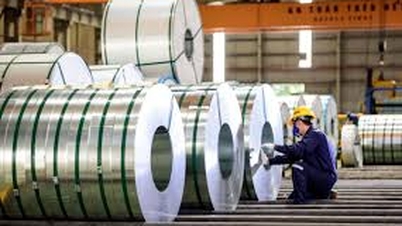

























Comment (0)